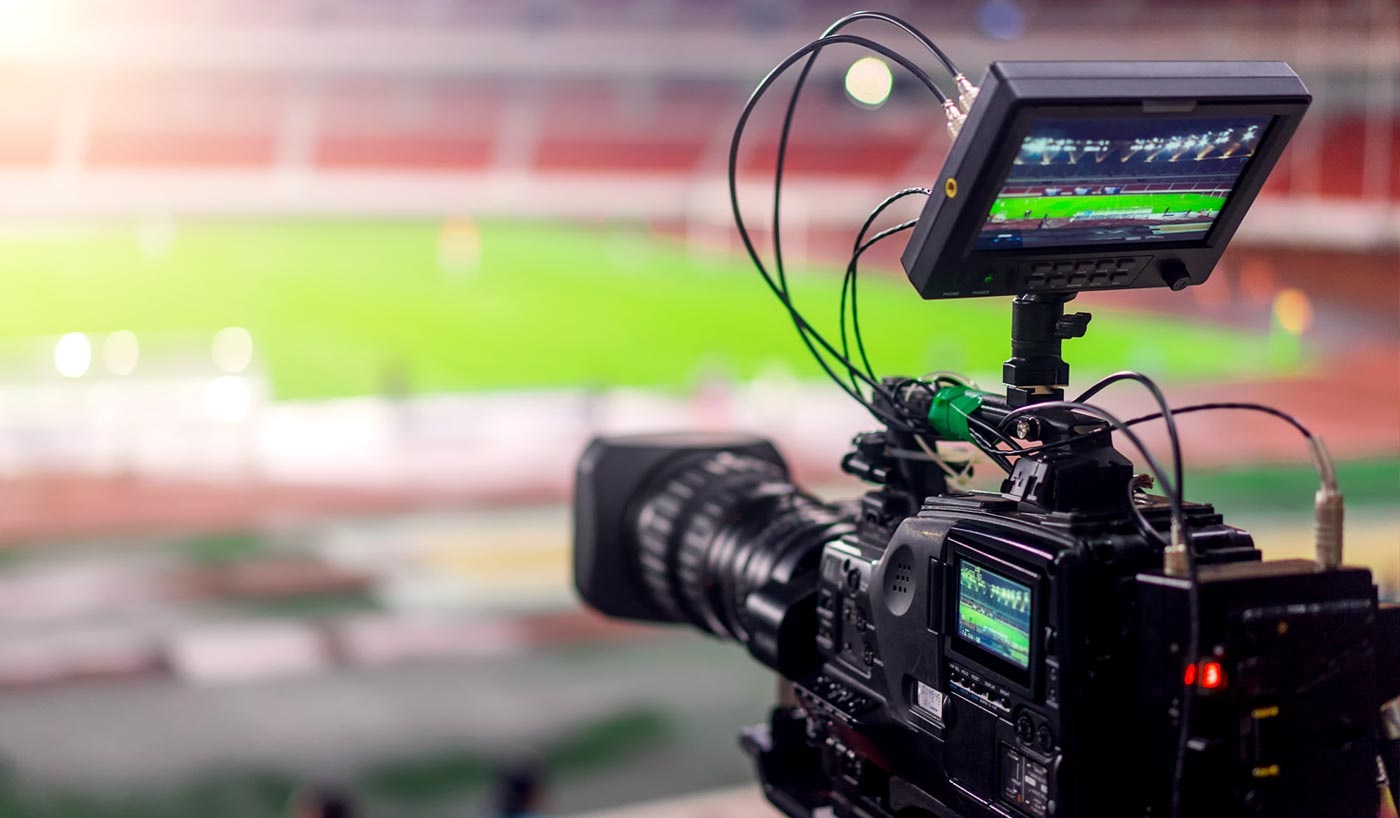
How to Create a Professional Sports Broadcast Setup?
Creating a professional sports broadcast setup requires a blend of technology, planning, and expertise to deliver high-quality content that engages viewers. Whether you’re broadcasting a local game or a major event, the following steps outline the essential components and considerations to establish a top-notch EPL중계 setup.
1. Planning and Pre-Production
- Research and Scripting: Understand the game, teams, and players. Develop a script that includes EPL중계 game statistics, key facts, and a rundown of the broadcast schedule.
- Scouting the Venue: Visit the venue to identify optimal camera positions, lighting conditions, and potential obstacles. Ensure you have a clear line of sight for all critical angles.
- Crew Coordination: Assemble a team of professionals including a director, camera operators, sound engineers, commentators, and technical support. Conduct a briefing session to align everyone on their roles and responsibilities.
2. Technical Equipment
- Cameras: Invest in high-definition (HD) or 4K cameras for crisp visuals. Multiple cameras are necessary to capture different angles, including wide shots, close-ups, and slow-motion replays. PTZ (Pan-Tilt-Zoom) cameras can be useful for covering wide areas with fewer operators.
- Audio Equipment: Clear audio is crucial. Use directional microphones for commentators and ambient microphones to capture crowd noise. Wireless microphones can provide mobility for sideline reporters.
- Lighting: Ensure proper lighting to enhance video quality, especially for indoor venues. Use LED panels or portable lights to avoid shadows and maintain consistent illumination.
3. Broadcast Infrastructure
- Switchers and Mixers: A video switcher allows seamless transitions between different camera feeds, graphics, and replays. Audio mixers help manage multiple audio sources, balancing game commentary with ambient sound.
- Replay Systems: Instant replay is a vital component in sports broadcasting. Invest in replay systems that can handle multiple camera angles and provide slow-motion capabilities.
- Graphics and Overlays: Real-time graphics for scores, player statistics, and game information enhance the viewing experience. Use broadcast software that integrates these elements smoothly into the live feed.
4. Transmission and Streaming
- Encoders: To stream the broadcast online, use hardware or software encoders to compress the video feed into a suitable format for transmission over the internet.
- Reliable Internet Connection: A high-speed, stable internet connection is essential. Consider using bonded cellular or satellite connections as backups in case of primary internet failure.
- Platforms and Distribution: Choose the platforms where your broadcast will be available sports network. Ensure compatibility with various devices and screen sizes.


